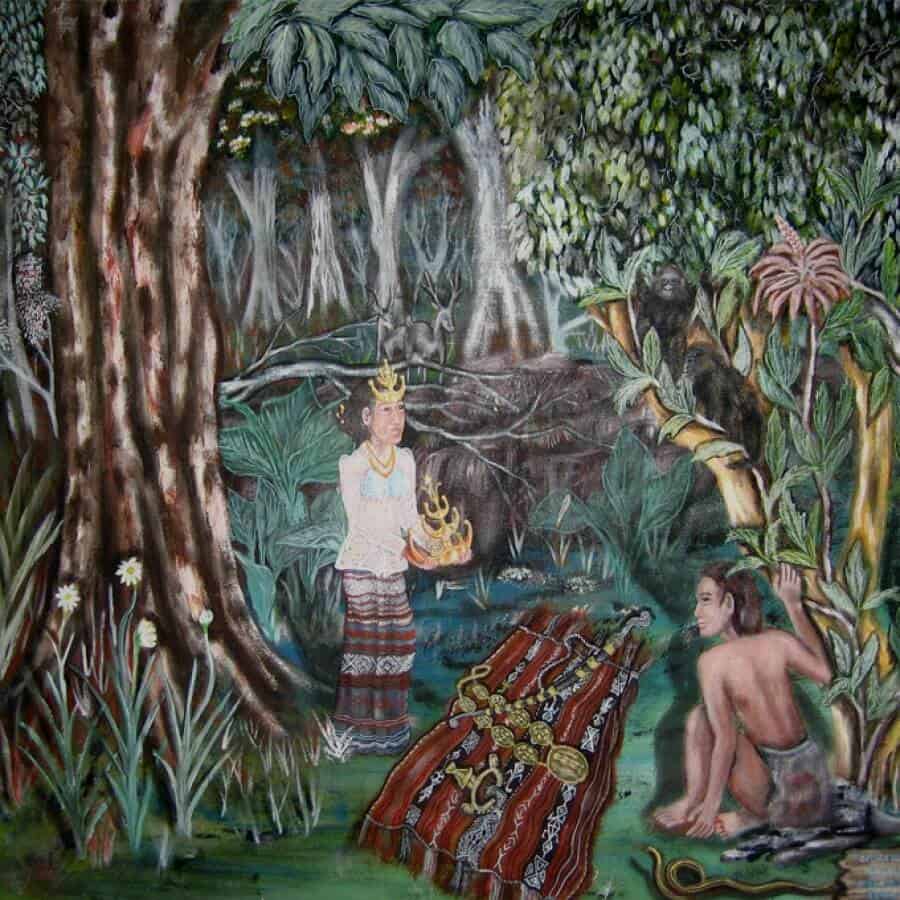As a country with very turbulent recent past, Timor Leste is fighting to secure a better future for its young people. Ranking among the youngest nations in the world may sound promising, but Timor Leste’s youth unemployment rate shows that this young nation has a long way to go. So what are the solutions for Timor Leste’s young people, how is their government dealing with the issue of unemployment, and is there any international help for the Millennials and other young people from this Southeast Asian island?
Timor Leste was founded as the first new country of the third millennium on May 20th 2002. The struggle to gain independence from Indonesia, which occupied it after the end of Portuguese rule in 1975, lasted several years. Finally, the people of Timor Leste gained their independence and became a democratic society.
The progress this country has made during its first 15 years is impressive: today it is ranked higher than any other Southeast Asian country in the Economist Intelligence Unit’s latest Democracy Index. Despite the fact that Timor Leste outperforms most of its neighbors with respect to good governance and human rights, the country is still dealing with major problems such as youth unemployment.
As one of the youngest nations in the world, almost 60 percent of Timor Leste’s population is currently under the age of 25; but at the same time, more than 25 percent of the country’s young adults are unemployed, and the poverty rate is 41,8 percent. So, you must wonder, what does art have to do with the problems young people in Timor Leste are facing?

Back in 2003, just one year after the country was founded, a project was launched by a Swiss artist called Luca Gansser and his wife, Gabriela Gansser, that resulted in establishing Arte Moris (Living Art) – an art center that became a haunt for Timor Leste youth. The premises are decorated with vivid colors and posters of famous freedom fighters as an inspiration for the young people who come here to learn and to practice art in all of its forms. The work that is being done at the Arte Moris did not go unnoticed – during the very year it was launched, the center received the UN Human Rights prize.
However, this is not the only place in Timor Leste where you will see young people expressing themselves through art. In the first few years following independence, violence was still present in Timor Leste, with quite a few major outbreaks occurring in various parts of the country.
As the result of those unfortunate events, young people developed the habit of writing and painting on walls – thus murals became one of the main features of the capital city at Dili. Their role in communicating and creating an inclusive society was soon recognized by the former President, Jose Ramos-Horta, a Nobel prize winner, who decided to collaborate with NGOs and commission artists to paint the walls across the country to spread a message of unity and peace.
Today, if you decide to visit Timor Leste, you can join workshops at Arte Moris and also in other art centers scattered around the country, most of them founded by former students of Arte Moris. You can visit the Gambel Art Collective, which was also founded in 2003. This collective is famous for its DIY philosophy while engaging and inspiring young Timorese to think outside the box and use their creativity.

These art centers are free for everyone to join and enjoy. The Bonecas de Atauro factory is another shining example of arts and crafts being a gathering place for young adults in a transitional society. This factory, located on a former prison island, employs local women and produces the Timor Leste’s most famous souvenir – the unique, cabbage-patch-style Bonecas dolls.
There are multiple other NGOs and organizations that are working to improve the living standards of youth in this country. With music, theater, and fine arts being promoted by both government and international organizations working in Timor Leste, one cannot deny the support art provides for young people who are bold enough to explore it.
Read more about the dreamland of John Lenon and Joko Ono here.
Support us!
All your donations will be used to pay the magazine’s journalists and to support the ongoing costs of maintaining the site.
Share this post
Interested in co-operating with us?
We are open to co-operation from writers and businesses alike. You can reach us on our email at cooperations@youthtimemag.com/magazine@youthtimemag.com and we will get back to you as quick as we can.









